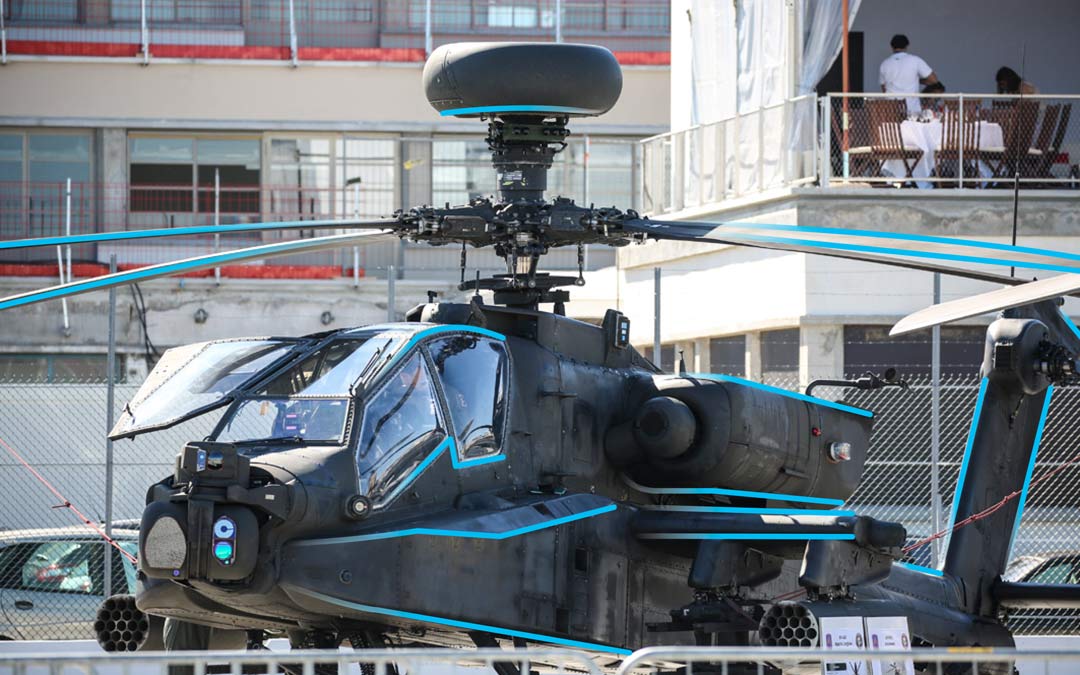A message from Tony Mathis, President and CEO of Military Systems at GE Aviation, during the 2017 Paris Air Show.
When I was asked to be the new president and chief executive officer of our Military Systems division, I couldn’t have been more excited. I knew from experience that it was a great business; I spent 12 years working here in different roles before moving to Seattle to be GE Aviation’s Senior Account Executive for Boeing in 2013. A lot has changed since then: the world has become more volatile, technology has advanced and our company is undergoing a digital industrial transformation. But one thing hasn’t changed—our customer, and our commitment to them.
The end users of our products have a unique job. They are serving in their country’s military to protect its citizens. As the number of threats in the world increase, pilots need to fly farther while carrying more cargo and using less fuel. The engines they use need to be reliable and easy to maintain. It sounds like a tall order, but we have a long history of providing our warfighters with the capability that they need!
 Tony Mathis, President and CEO of Military Systems at GE Aviation
Tony Mathis, President and CEO of Military Systems at GE Aviation
One of the ways we accomplish that is by taking technologies being used in our commercial engines, like LEAP or GEnx, and inserting them into our military engines. You may have heard that LEAP uses 19 fuel nozzles that are printed using additive technology (3D printing). Because of the way they are “grown” in the additive machine, the fuel nozzles are lighter, and a lighter engine means better fuel efficiency. The technologies are proven through extensive engine development and flight testing.
Our newest helicopter engine, the T901, is a great example of commercial technology being used in a military aircraft. I can’t reveal very much, but we are incorporating additive manufacturing, 3D aerodynamics and ceramic matrix composites into the design that will provide more power and performance to the Sikorsky UH-60 Black Hawk and Boeing AH-64 Apache helicopters. This new engine design takes the best features of our T700, which has over forty years of operational experience around the world, and elevates them to the next level. By doing so, the T901 will provide 50% more power, stay on wing 20% longer, and increase fuel efficiency by 25%. The engine is also modular, meaning a trained mechanic can take it apart where the aircraft is and fix it, instead of having to send the engine back to a repair shop far away. That capability will reduce the cost of the engine over its lifetime and provide mechanics better options to get the engine flying again quickly.
GE's #T901 features a simple, modular design that reduces repair time for the maintainer. #PAS17 Learn more: https://t.co/X7fivYODdt pic.twitter.com/LGtqtTOpqC
— GE Aviation (@GEAviation) June 19, 2017
T901 is not the only program we are doing this in—we have over 26,000 rotorcraft, combat, large transport and marine engines in the field. We want to make sure that our installed engines and the pilots flying them will get the same benefits as the engines that are in development. We have moved over 700 technologists from our Commercial business to Military Systems to complement the years of experience our current technologists have. They have guided the introduction of almost nine new engine programs over the last five years, and we want to apply their knowledge to our new and existing products!
As you can see, it is an exciting time to be in Military Systems. There is so much great work going on and I am proud to be part of the team that is supporting our warfighters!
Stay up-to-date on all of GE Aviation’s news and announcements throughout the Paris Air Show!
